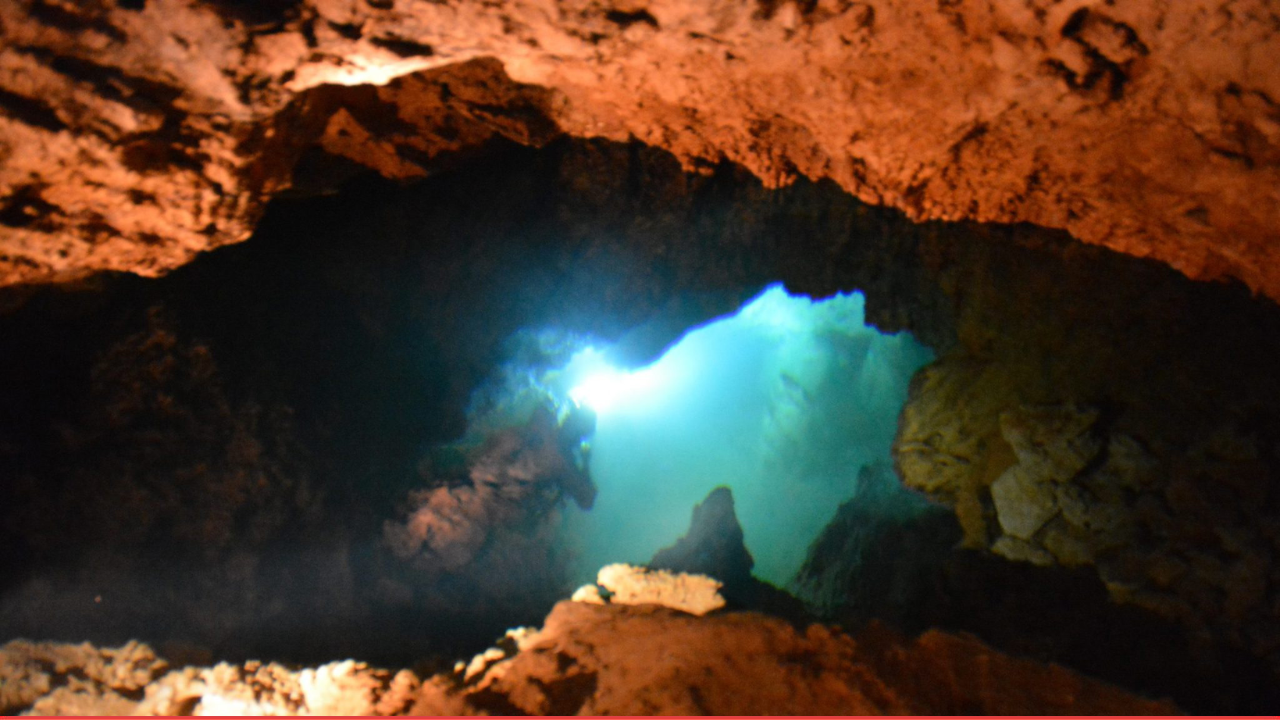Recent studies have uncovered a diverse array of species inhabiting Australia’s underground limestone aquifers, emphasizing how localized and delicate these ecosystems are. Among the tiny organisms discovered are translucent creatures, including a shrimp-like species called Parisia unguis, found in the Beetaloo Sub-basin.
Genetic analysis revealed that populations of Parisia unguis in different boreholes are distinct and largely isolated from each other. This means each group is genetically unique, and damage to even one borehole could wipe out an entire genetic line, highlighting the vulnerability of these underground habitats.
Beneath the dusty highways leading to the Top End, a hidden world has emerged a thriving, obscure ecosystem of stygofauna living in pitch-black, water-filled cracks deep within porous limestone rock hundreds of meters below the surface. These creatures have adapted over millions of years to survive without sight, often losing their eyes and developing unusual features suited to cold, low-oxygen environments.
Though tiny, smaller than a grain of rice stygofauna plays a critical role in maintaining groundwater health. They feed on bacteria and organic matter, acting as natural filters that help keep underground water sources clean. Protecting these unique species is vital, as they may hold the key to preserving Australia’s groundwater for future generations.














+ There are no comments
Add yours